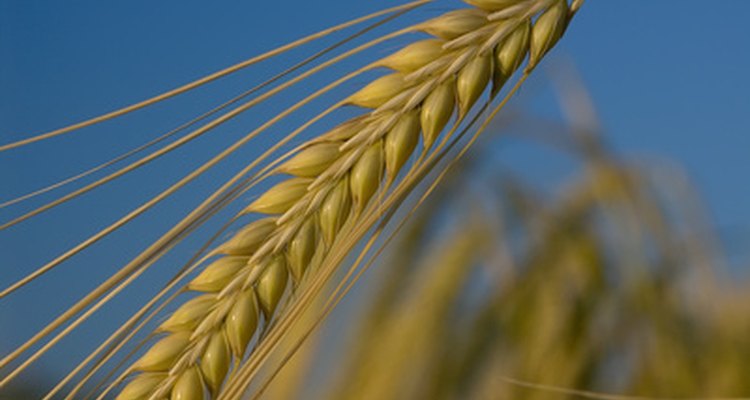
For beer-making, professional brewers always start with malted barley grain because it allows the most control and has the lowest cost, but brewing with grain (mashing) requires special equipment as well as expertise, and the whole process takes longer. Home brewers often use commercially prepared malt extract instead. In its dry form, malt extract resembles sugar, but with a creamy color and characteristic malty aroma. All-grain and liquid malt extract home brew recipes can be converted to use dry malt extract (DME) instead, cutting down on the time, equipment, and knowledge necessary to make beer at home.
Calculate how much DME will be needed, if it’s not already given in the recipe. For a liquid extract recipe, multiply the number of pounds called for by 0.84. For an all-grain recipe, multiply the number of pounds of pale malt by 0.038.
Weigh out the appropriate amount of DME using the kitchen scale.
Fill the kettle with about 3 gallons of plain water. Add the bittering hops and specialty grains, if any, each in a mesh bag. Follow the recipe’s instructions for any other specialty ingredients such as honey or fruit.
Turn the heat as high as possible. As the water heats, stir to dissolve all the DME and prevent it from burning. When the water reaches a boil, remove the bag of specialty grains, if you are using one.
Watch the pot for boil-overs. The wort (unfermented beer) will rise up in a foam around the time it starts boiling; this point is called the “hot break.” Monitor to keep this foam from spilling over, spritzing it with a water bottle or reducing the heat if necessary. After a few minutes, the foam will go down again.
Fill the clean, sanitized fermenter with about 3 gallons of clean water while the wort is boiling.
Maintain a rolling boil for one hour. Cool the wort, ideally using a chiller, and rack (siphon) it into the fermenter. From this point on, DME, liquid malt extract, and all-grain recipes can be treated the same.
Related Articles
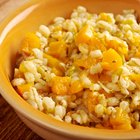
How to Cook Soaked Hulled Barley

How to Make Homemade Beer Yeast
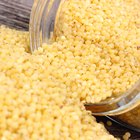
How to Ferment Whole Grains
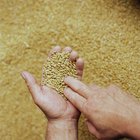
How to Ferment Grains

Baking With Juice Concentrates

What Is Agave Syrup?

How to Measure the Acidity of Homemade ...
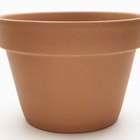
How to Bake Bread in a Clay Pot

How to Make Sand Plum Wine

How to Make Hard Cider With Baking Yeast

How to Cook Gravy With Granulated ...
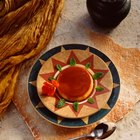
How to Melt White Sugar for Flan

What Can I Substitute for Malt Extract?

How to Make Hard Candy With Syrup
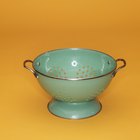
How to Soak Amaranth

How to Cook Leche Flan Using the Oven
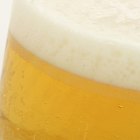
German Beer Vs. American Beer
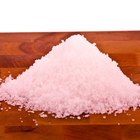
How to Use Sea Salt for Canning

How to Make Hard Crack Candy

Shortbread Cookie Recipe
References
Writer Bio
Robyn Broyles is a freelance writer focusing on medical, science, health, and philosophy topics. She is also a copy editor and writes tips and advice for other writers. She holds a Bachelor of Science in zoology, summa cum laude, and lives in Houston, Texas.
Photo Credits
gerste image by Daniel Fuhr from Fotolia.com